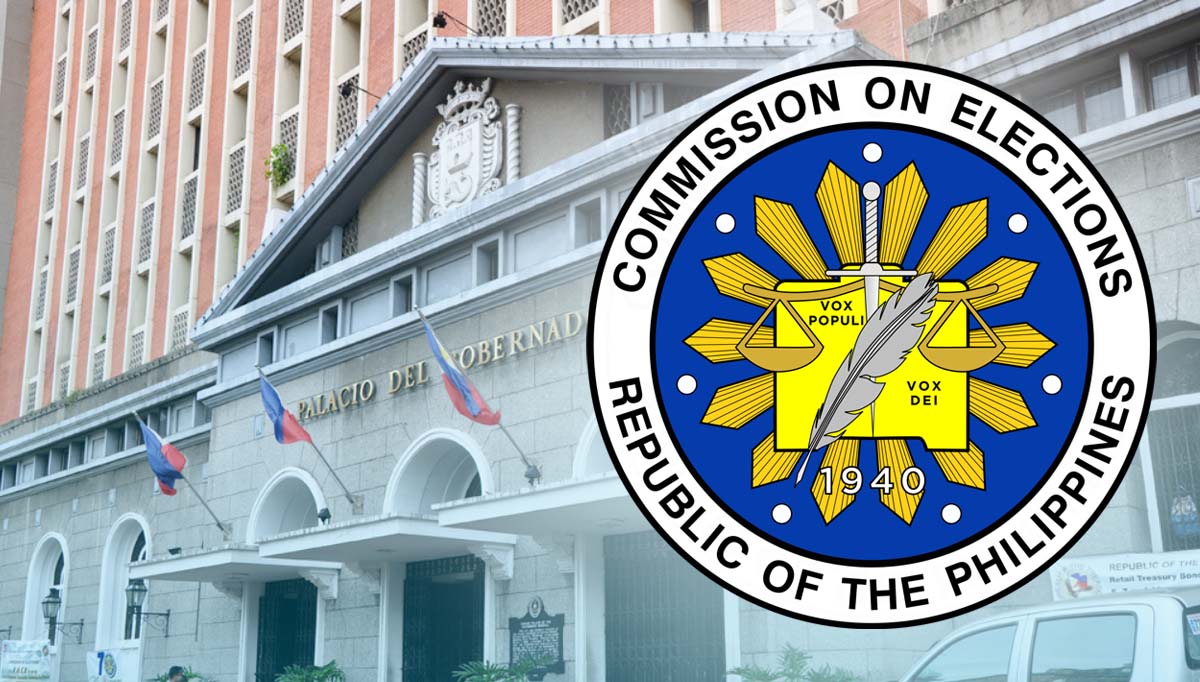SC asked to dismiss petition to disclose docs for Comelec-Miru deal

Comelec headquarters in Intramuros, Manila. INQUIRER FILES
MANILA, Philippines — Government lawyers have asked the Supreme Court (SC) to dismiss the petition to compel the Commission on Elections (Comelec) to disclose the documents regarding the P18-billion contract with Miru Systems Co. Ltd. in connection with the 2025 midterm elections.
Petitioners Right to Know, Right Now Coalition (R2KRN), the Center for Media Freedom and Responsibility (CMFR), the Philippine Press Institute, journalists, and academics filed a petition for mandamus to require Comelec and Miru to act on their request for information on the withdrawal of St. Timothy Construction Corp. (STCC) from the joint venture agreement and its impact on the 60 percent Filipino ownership requirement.
They wanted a copy of the updated joint venture agreement, including the current composition of the Miru joint venture; the detailed allocation of the remaining partners’ financial, technical, and operational contributions or any applicable contributions of money, property, or industry, their monetary valuation; and the resulting percentage interest of each remaining partner.
Petitioners also want Comelec and Miru to disclose whether its performance bond remains valid and callable on demand despite STCC’s withdrawal from the joint venture.
They also want Comelec to disclose other documents used to make its decision that the remaining partners still have the legal, financial, and technical capacity to perform their obligations under the contract.
Petitioners asserted their right to information on matters of public concern as they urged the SC to promulgate rules to address the procedural gaps in enforcing the right to freedom of information (FOI) under the Constitution.
However, the Office of the Solicitor General (OSG), through Solicitor General Menardo Guevarra, said the financial, technical, and operational contributions requested by petitioners are not in the possession of Comelec nor they required Miru to submit one.
After STCC’s withdrawal, Guevarra explained that Comelec only required Miru to submit a new Net Financial Contracting Capacity (NFCC), a copy of which was provided to the petitioners.
Guevarra added that petitioners were also given copies of the new and adjusted percentage contribution and distribution among the parties.
“Thus, public respondent Comelec cannot be said to have breached petitioner R2KRN’s constitutional right to information,” Guevarra said.
However, on petitioners’ request for other records or documents used by Comelec as basis for its decision, Guevarra said under Comelec’s FOI Manual such a request should “reasonably” describe the information being sought.
“Based on the foregoing provisions, petitioner R2KRN does not have unbridled right to request for access to information without specifying which information it seeks to be furnished with, or, in this case, which official act or decision it seeks to have access to,” Guevarra said.


















